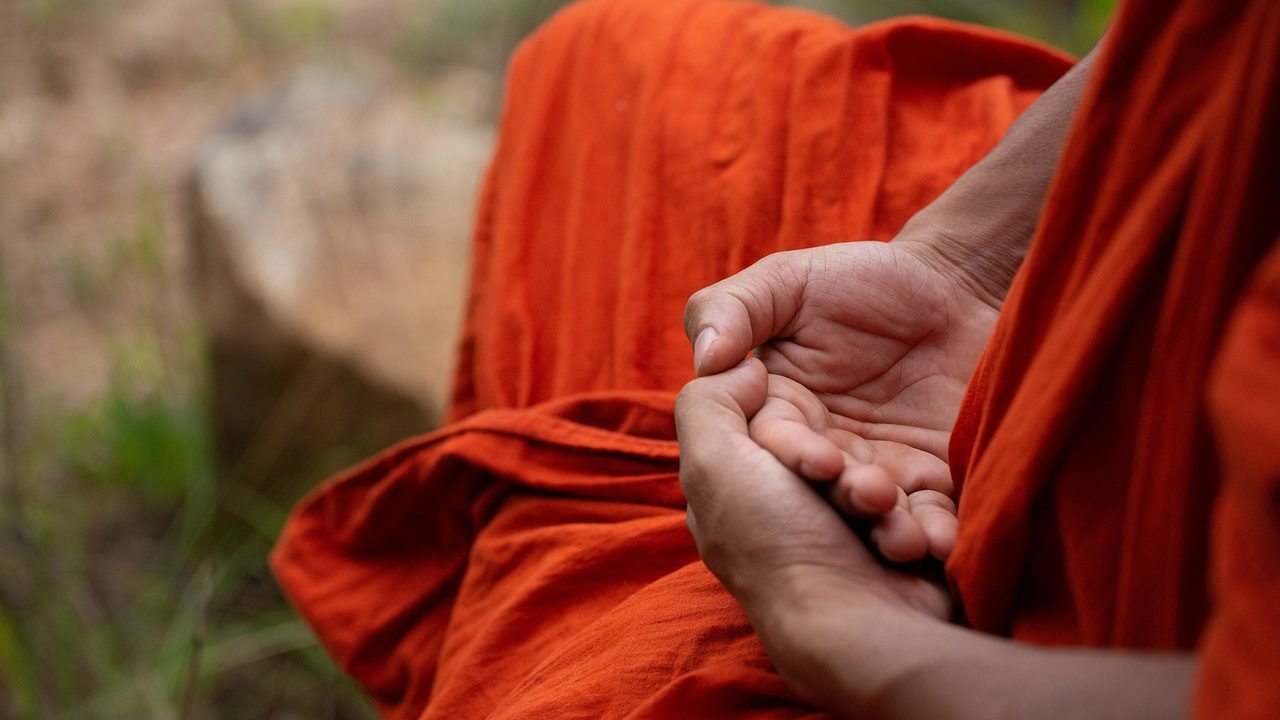Yoga, a timeless practice rooted in ancient Indian culture, finds its origins in texts like the Vedas dating back to 1500 BCE, where it’s described as a spiritual discipline uniting individual consciousness with the divine. The Upanishads further develop yoga as a systematic path to spiritual realization, focusing on mastery of the senses and inner peace. Archaeological findings, including Indus Valley seals and structures resembling early yoga studios, suggest yoga’s presence in ancient civilizations like Mohenjo-Daro. Over centuries, yoga evolved, culminating in the Yoga Sutras of Patanjali around the 2nd century BCE, which codified yoga into Ashtanga Yoga. Yoga’s journey embodies the quest for spiritual enlightenment and holistic well-being, inspiring lives worldwide.

Following the Beginnings of Yoga: Bits of Knowledge from Old Indian Writings and Yoga, a home that has risen above time and topography, finds its roots profoundly inserted within the wealthy embroidered artwork of old Indian culture. Whereas its correct roots stay covered within the fogs of relics, experiences gathered from both old writings and archeological revelations offer compelling accounts that reveal the beginning of this profound tradition.
The most punctually composed references to yoga can be found within the Vedas, the most seasoned sacrosanct writings of Hinduism, dating back to around 1500 BCE. Inside these sacred texts, the term “yoga” shows up as a spiritual discipline aimed at binding together the person’s awareness of the divine. The Rigveda, for the occasion, notices the hone of “yoking” the intellect and body to attain a concordant state of being. In any case, it is within the Upanishads, philosophical treatises composed between 800 and 200 BCE, that yoga starts to develop as an orderly way to otherworldly realization. The Katha Upanishad, for case, dives into the concept of yoga as the dominance of the faculties and the achievement of inward peace.
In expansion to literary proof, archeological unearthing has uncovered artifacts and engravings that shed light on the early hone of yoga. The disclosure of the Indus Valley seals, dating back to the 3rd thousand years BCE, delineate figures in different yogic stances, recommending that yoga may have been practiced in antiquated civilizations. Besides, destinations such as the antiquated city of Mohenjo-Daro uncover proof of washing regions and open structures taking after early shapes of yoga studios or gathering spaces for communal hone. These discoveries propose that yoga was a fundamental viewpoint of the standard of living in ancient India, woven into the texture of societal and devout customs. Over the centuries, yoga experienced a handle of advancement and refinement, influenced by different philosophical schools and social trades. The classical framework of yoga, as laid out within the Yoga Sutras of Patanjali around the 2nd century BCE, codified the hone into an eightfold way known as Ashtanga Yoga. This framework depicted standards for moral living, physical stances (asanas), breath control (pranayama), concentration, and reflection, laying the establishment for cutting-edge yoga practices.
In tracing the origins of yoga, a mosaic of bits of knowledge develops from antiquated Indian writings and archeological disclosures. From its beginning roots in the Vedas to its codification within the Yoga Sutras, yoga has navigated an exceptional travel through time, epitomizing the journey for otherworldly illumination and all-encompassing well-being. As we proceed to disentangle the secrets of its beginnings, yoga remains an immortal bequest that proceeds to rouse and change lives around the world.
ARTICLE BY – SMITHSHILL MACWAN | EDITED BY – SAHIL HARVANI



